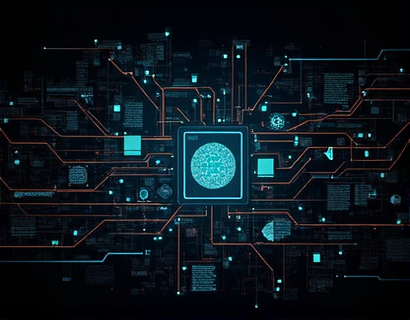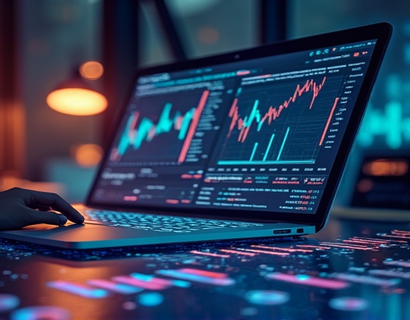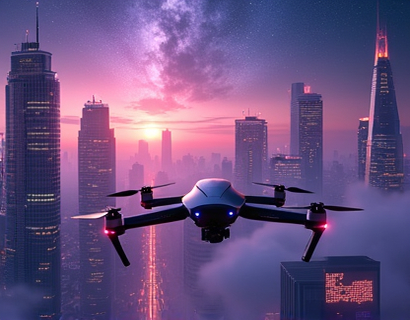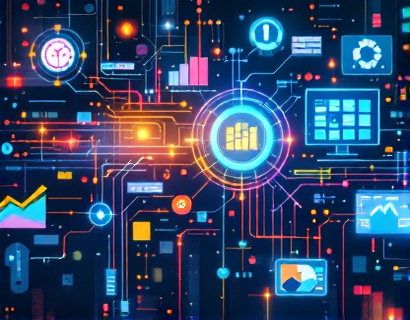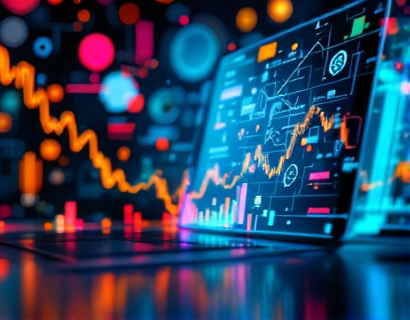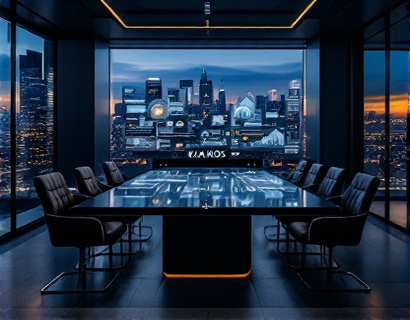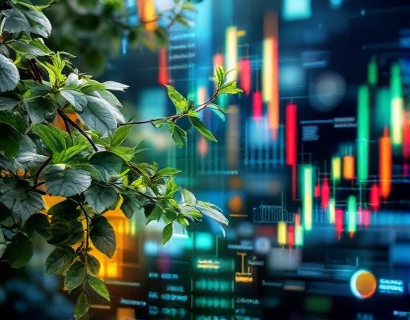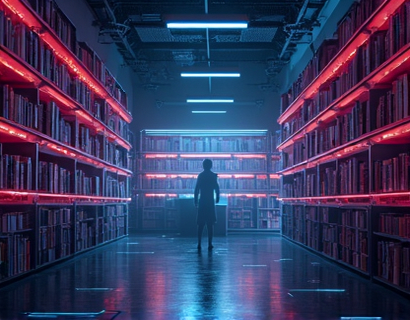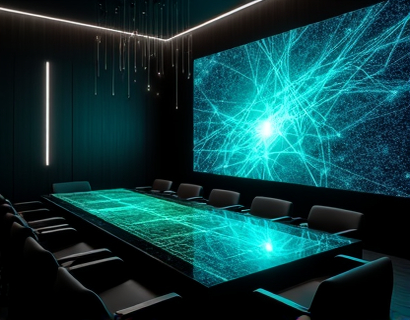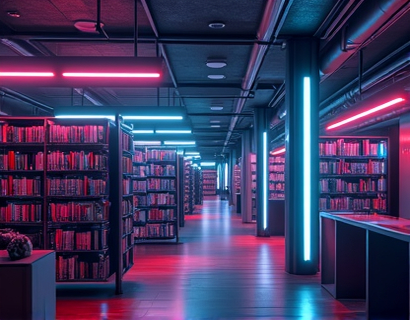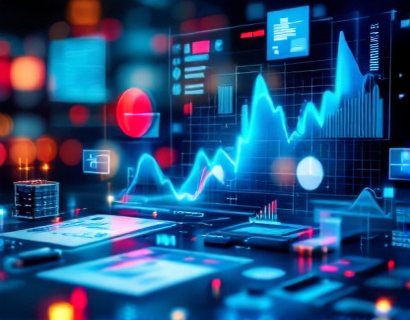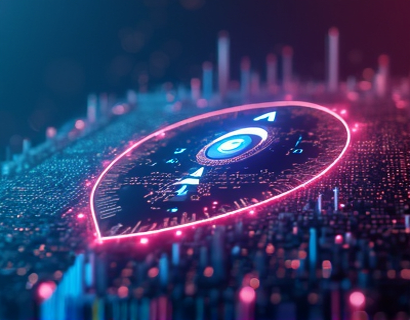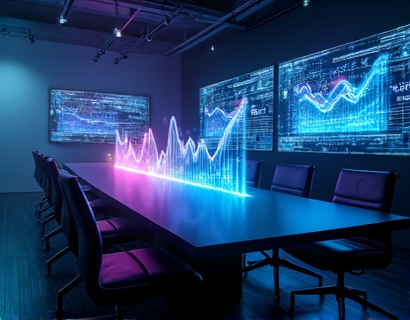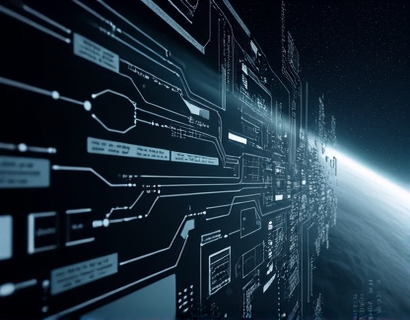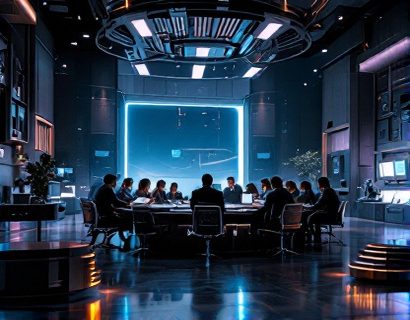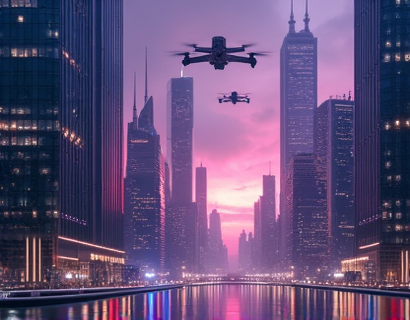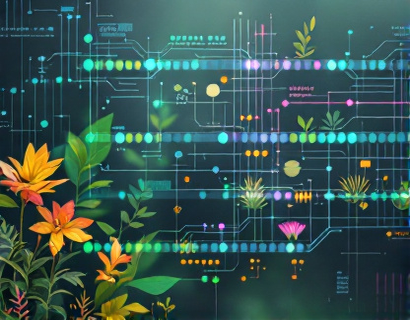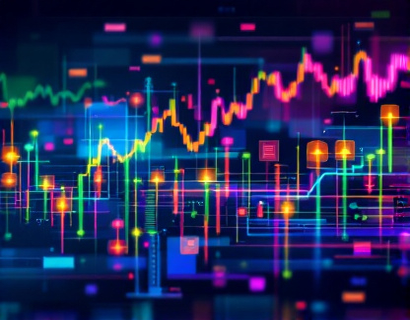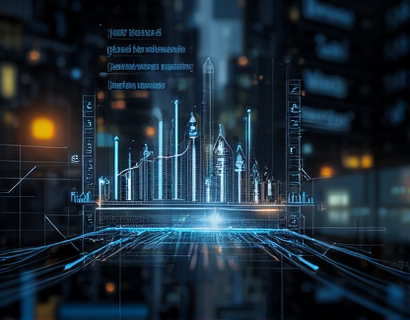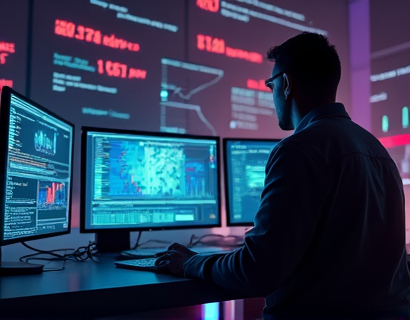Unlocking Digital Transformation: Converting Physical and Digital Assets into Enchanted Collectibles
In an era where technology and creativity intersect, the concept of digital transformation has evolved beyond mere business strategies to encompass personal and artistic expression. This journey begins with the reimagining of our unique possessions, transforming them into captivating digital collectibles. By merging innovation with creativity, individuals can enhance the value and allure of their physical and digital assets, opening doors to a vibrant community of creative visionaries.
The process of converting tangible items into digital collectibles is not just about digitization; it's about breathing new life into the ordinary, turning the mundane into the magical. This transformation is facilitated by advanced online solutions that leverage cutting-edge technology to create immersive and interactive digital experiences. These platforms empower users to explore new dimensions of digital expression, where artistry and technology converge to bring assets to life in the digital realm.
Understanding Digital Collectibles
Digital collectibles are unique digital items that hold value and appeal, often tied to a specific theme, artist, or cultural significance. Unlike traditional collectibles, digital collectibles exist in the virtual space, accessible and shareable across the globe. They can range from digital art and rare in-game items to virtual real estate and unique digital certificates of authenticity. The allure of digital collectibles lies in their scarcity, uniqueness, and the emotional connection they foster among collectors.
The concept of digital collectibles is not new, but the methods of creation and distribution have evolved significantly. With advancements in blockchain technology, digital collectibles can now be securely owned, verified, and traded, ensuring authenticity and provenance. This technological backbone provides a robust framework for the digital collectibles market, enabling a new era of digital ownership and exchange.
Transforming Physical Assets into Digital Collectibles
The first step in this digital transformation journey is to identify and select the physical assets that hold personal or artistic value. These can be anything from photographs and paintings to sculptures and antiques. The key is to choose items that have a story, a unique design, or a cultural significance that can be enhanced through digital means.
Once the assets are selected, the next step involves digitizing them. This process can be as simple as taking high-resolution photographs or as complex as creating 3D scans and models. High-quality digital representations ensure that the essence and detail of the original asset are preserved in the digital format. Advanced scanning technologies and photogrammetry tools can be employed to capture intricate details, textures, and colors, resulting in highly realistic digital replicas.
After digitization, the digital assets can be further enhanced through various digital art techniques. Artists and designers can use software tools to modify, enhance, or even reimagine the assets. This could involve adding fantastical elements, altering the color palette, or integrating them into virtual environments. The goal is to create a digital collectible that not only represents the original asset but also stands as a unique piece of digital art.
Transforming Digital Assets into Collectibles
Once the physical assets are transformed into high-quality digital representations, the next step is to convert them into collectibles. This involves assigning unique identifiers, creating metadata, and establishing ownership and provenance. Blockchain technology plays a crucial role here, providing a decentralized and transparent ledger to record the creation, ownership, and transaction history of each digital collectible.
Each digital collectible can be assigned a unique token, often in the form of a non-fungible token (NFT), which ensures its uniqueness and scarcity. The metadata associated with the NFT includes information such as the asset's description, creator, date of creation, and any relevant historical or cultural context. This metadata not only adds value to the collectible but also enhances its appeal to collectors who seek not just the item itself but the story behind it.
The use of blockchain ensures that the digital collectibles are secure and tamper-proof. Ownership can be transferred seamlessly, and the transaction history is transparent and verifiable. This level of security and transparency builds trust within the community, encouraging more individuals to participate in the digital collectibles market.
Joining a Community of Creative Visionaries
Engaging with a community of like-minded individuals is a vital part of the digital transformation journey. Online platforms and forums dedicated to digital collectibles provide a space for creators, artists, and collectors to share their work, exchange ideas, and collaborate on projects. These communities foster a culture of innovation and creativity, where members can learn from each other and push the boundaries of what is possible in the digital realm.
Participating in these communities can lead to new opportunities and collaborations. Creators can gain exposure for their work, receive feedback and critiques, and even find buyers for their digital collectibles. The sense of belonging to a vibrant and supportive community enhances the overall experience, making the digital transformation journey not just about creating assets but also about connecting with others who share a passion for innovation and artistry.
Exploring the Potential of Digital Collectibles
The potential of digital collectibles extends far beyond personal expression and community engagement. These digital assets can open up new revenue streams and business opportunities. For artists and creators, digital collectibles offer a way to monetize their work in the digital space, reaching a global audience with ease. The ability to sell, trade, and license digital collectibles provides a flexible and accessible market for creative professionals.
Moreover, digital collectibles can be integrated into various industries, such as gaming, entertainment, and education. In gaming, unique digital items can enhance player experiences, serving as rewards or tools within the game. In entertainment, digital collectibles can be used to create immersive experiences, such as virtual exhibitions or interactive stories. In education, they can serve as tools for teaching art, history, and culture, making learning more engaging and interactive.
The versatility of digital collectibles also extends to the real estate market, where virtual properties and spaces can be bought, sold, and traded. This opens up new possibilities for virtual tourism, remote workspaces, and even virtual real estate investment. The boundaries between the physical and digital worlds are blurring, creating a rich tapestry of opportunities for those willing to embrace the digital transformation.
Challenges and Considerations
While the potential of digital collectibles is vast, there are challenges and considerations that must be addressed. One of the primary concerns is the technical expertise required to digitize and enhance assets. Not everyone has the skills or resources to perform high-quality digitization and digital art modifications. However, the availability of user-friendly tools and services is gradually bridging this gap, making the process more accessible to a broader audience.
Another consideration is the legal and regulatory framework surrounding digital collectibles. Issues such as copyright, intellectual property, and data privacy need to be carefully navigated. Ensuring that digital collectibles are created and traded in compliance with existing laws is essential to maintaining the integrity and trust within the community.
Additionally, the environmental impact of blockchain technology, particularly the energy consumption associated with proof-of-work consensus mechanisms, is a growing concern. The adoption of more sustainable blockchain solutions, such as proof-of-stake, can help mitigate these issues and promote a more eco-friendly digital ecosystem.
Embracing the Future of Digital Transformation
The journey of transforming physical and digital assets into enchanted collectibles is just the beginning. As technology continues to advance, the possibilities for digital expression and innovation will only expand. The convergence of art, technology, and community is paving the way for a new era of digital creativity, where the value of unique possessions is redefined and elevated.
By embracing this digital transformation, individuals can unlock endless possibilities for creative exploration and personal growth. The fusion of innovation and artistry not only enhances the value of our assets but also enriches our lives in ways we are only beginning to discover. Join this exciting journey and become a part of a vibrant community that is shaping the future of digital collectibles.




